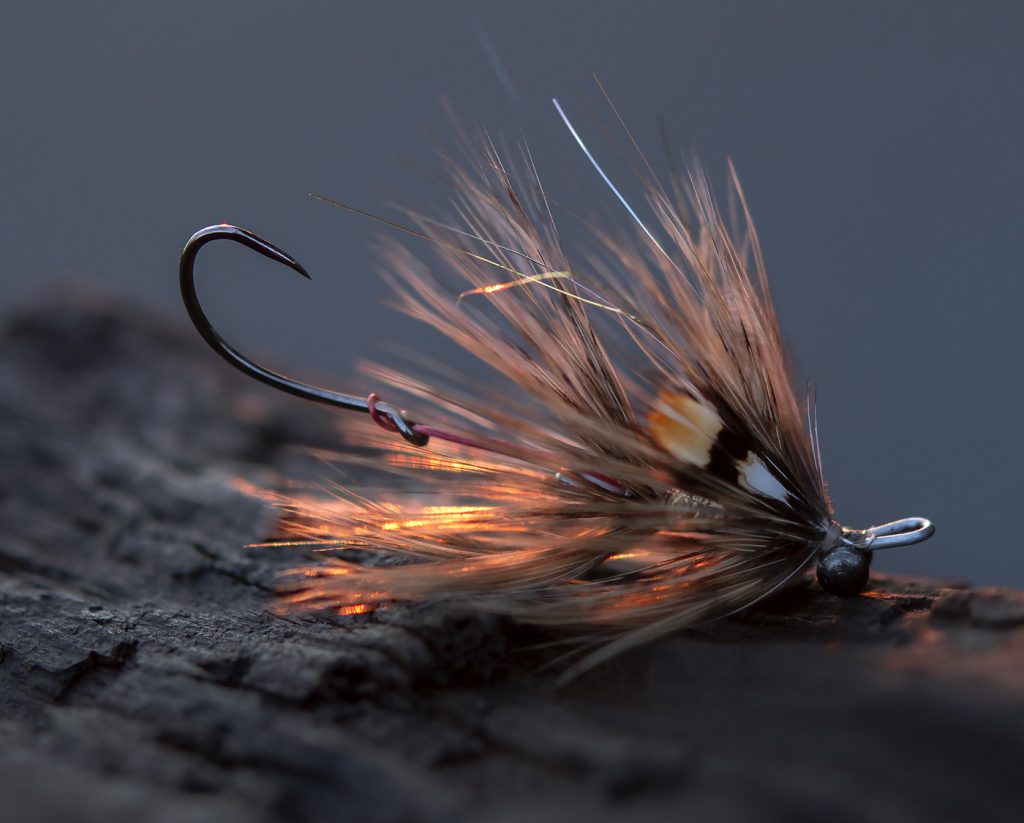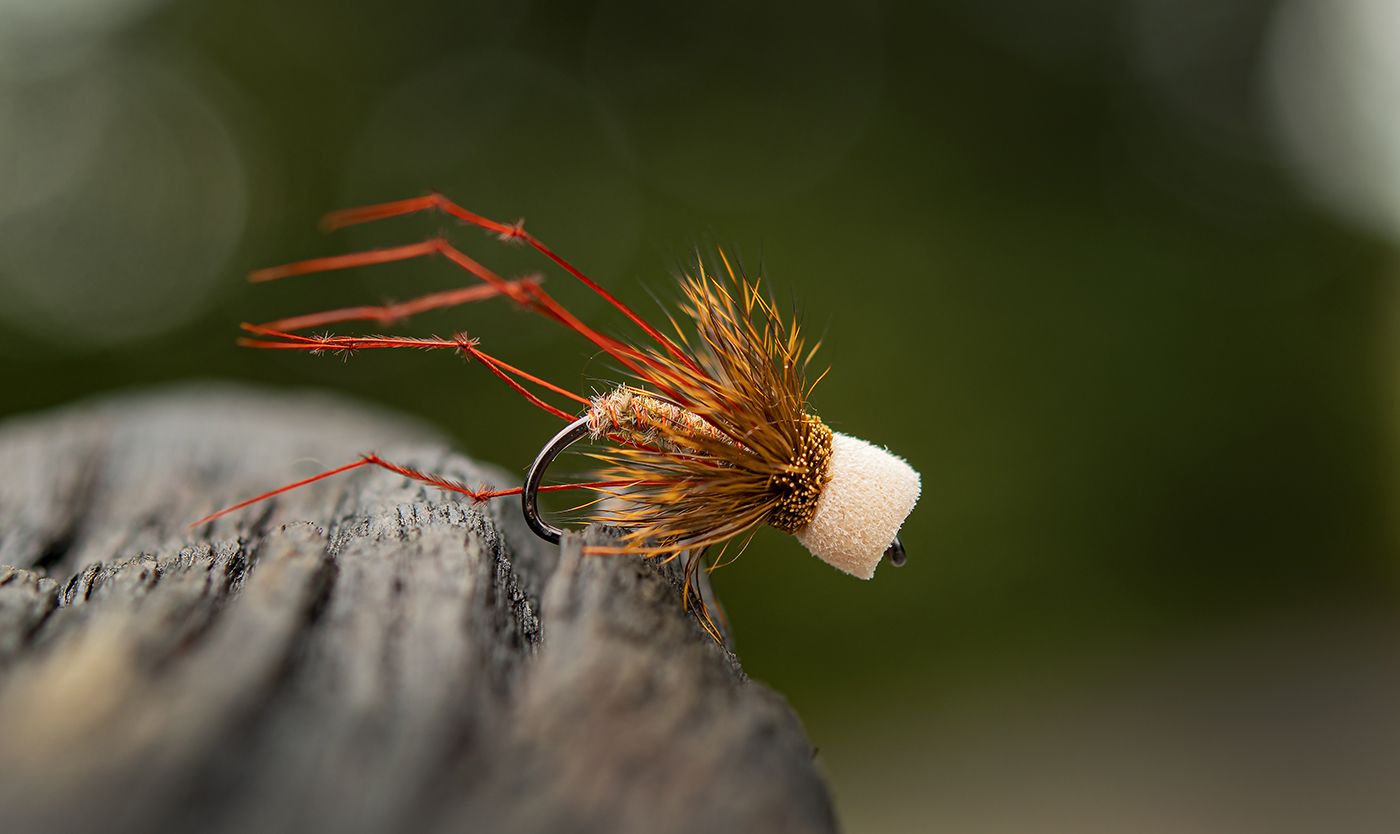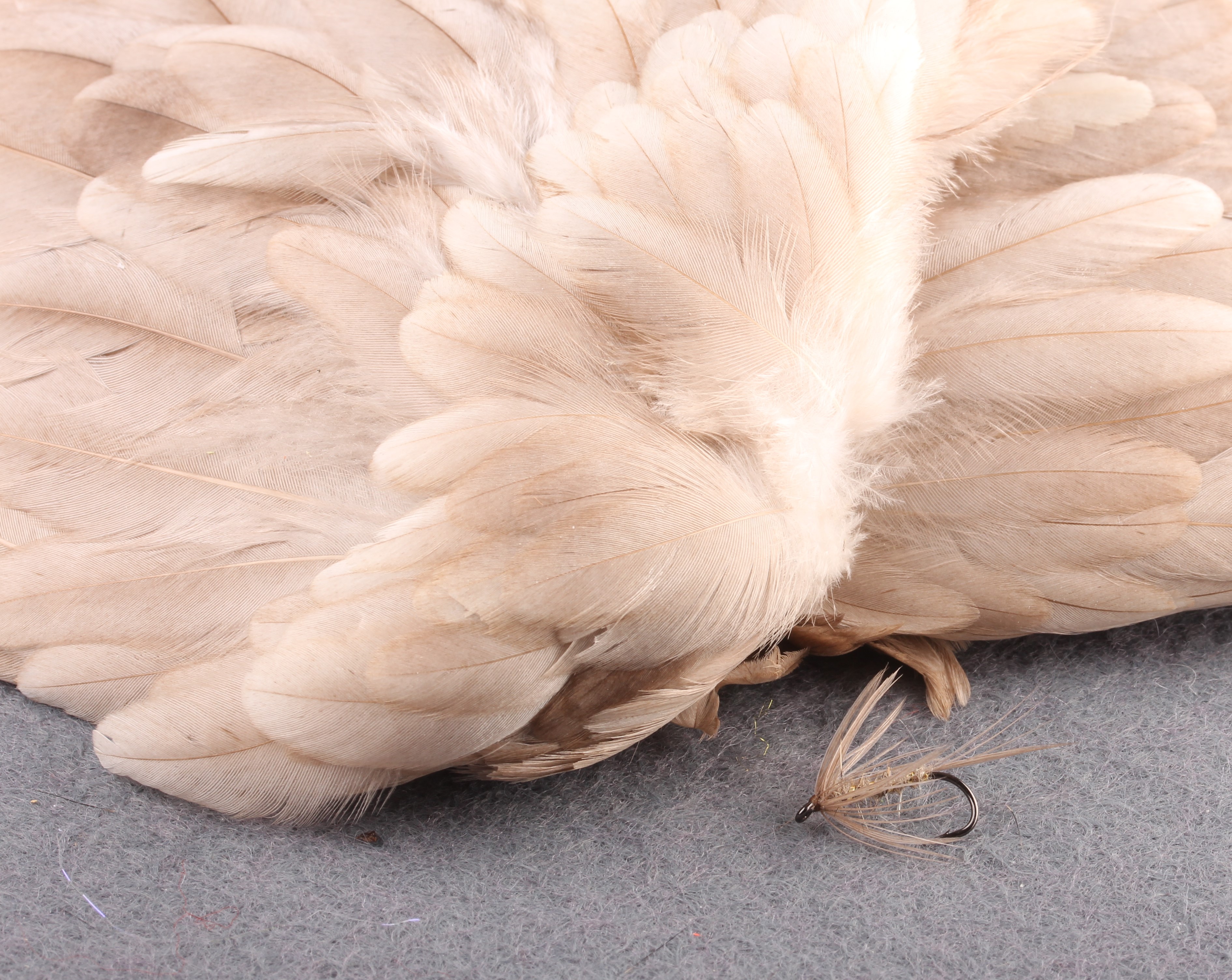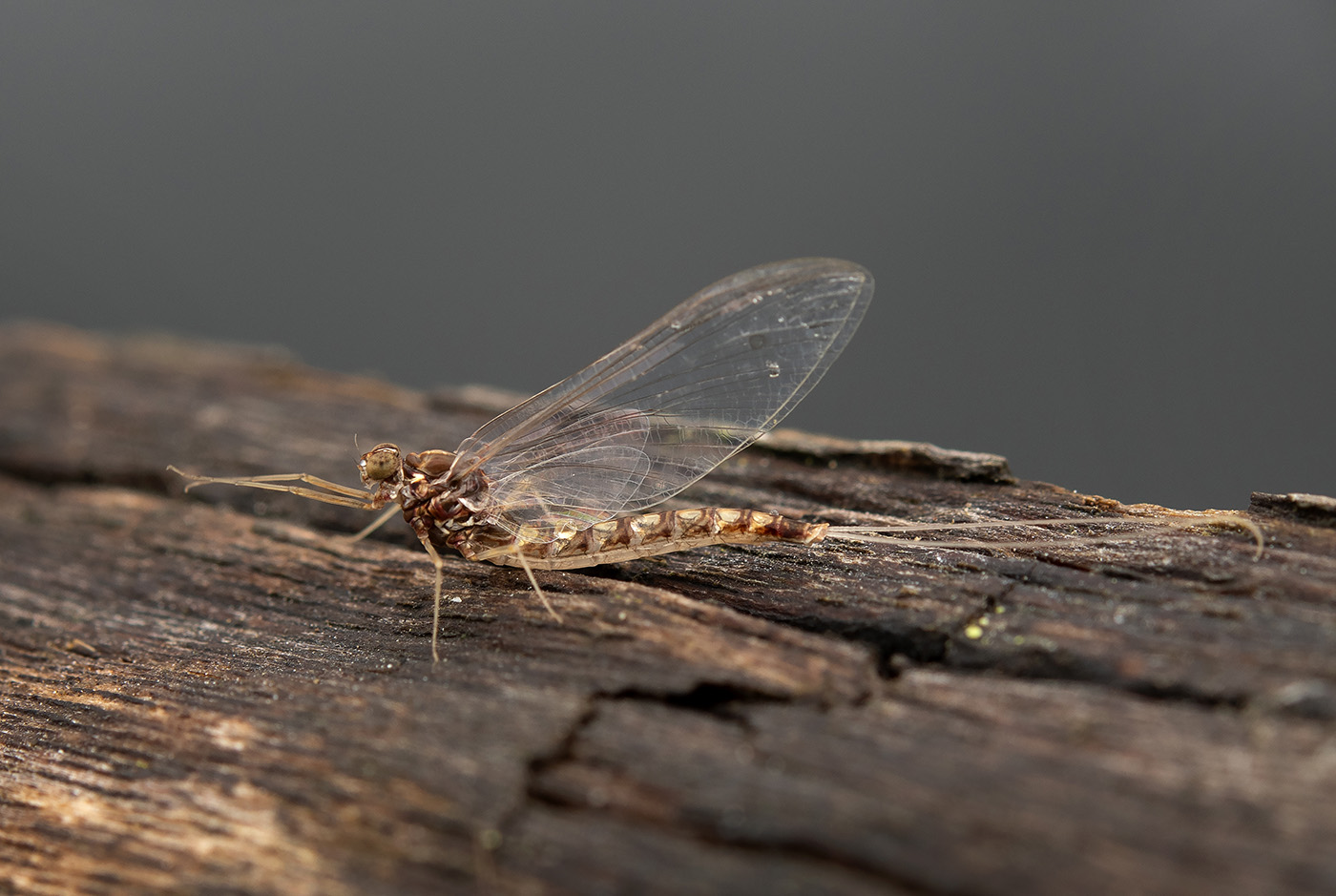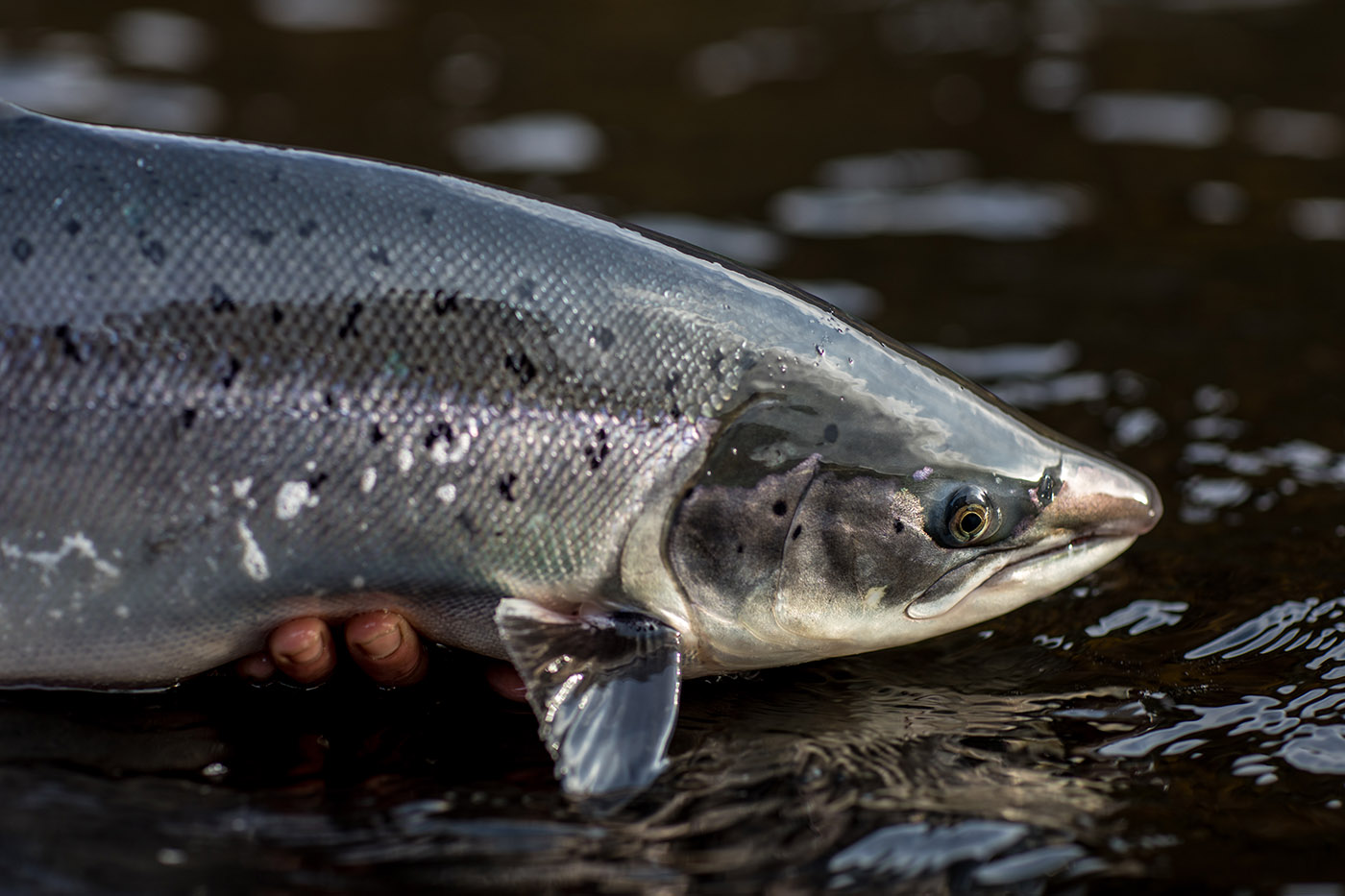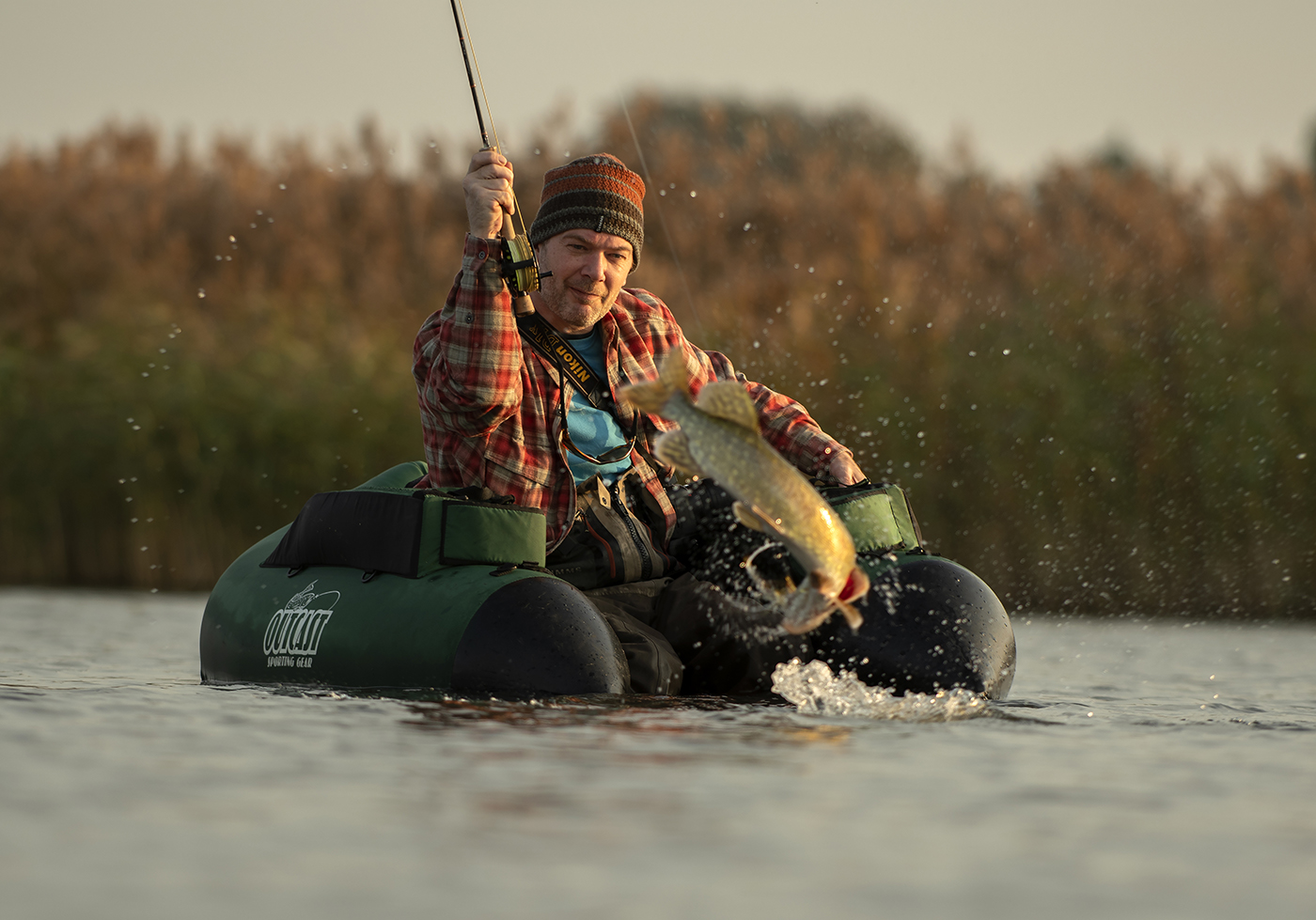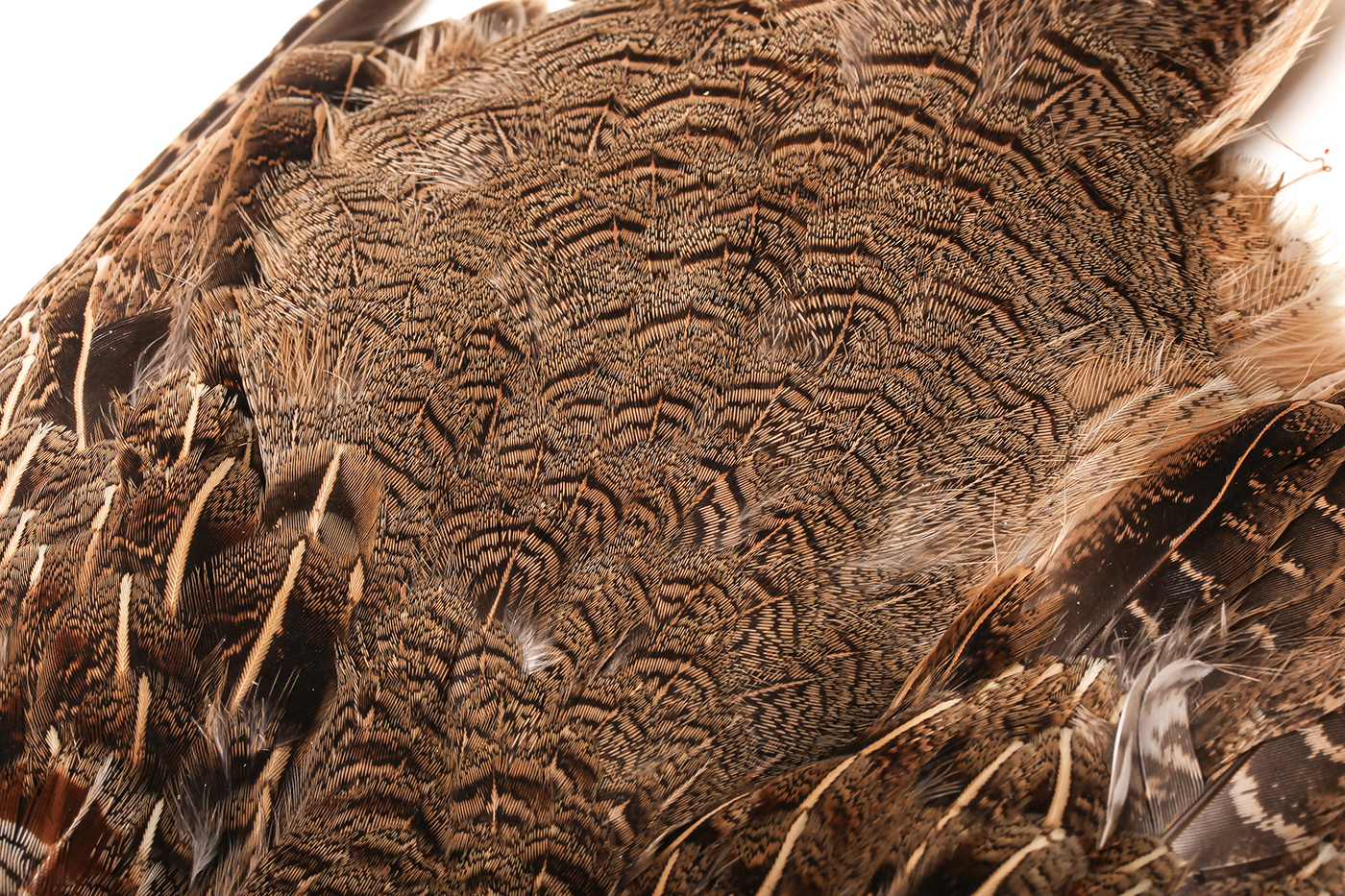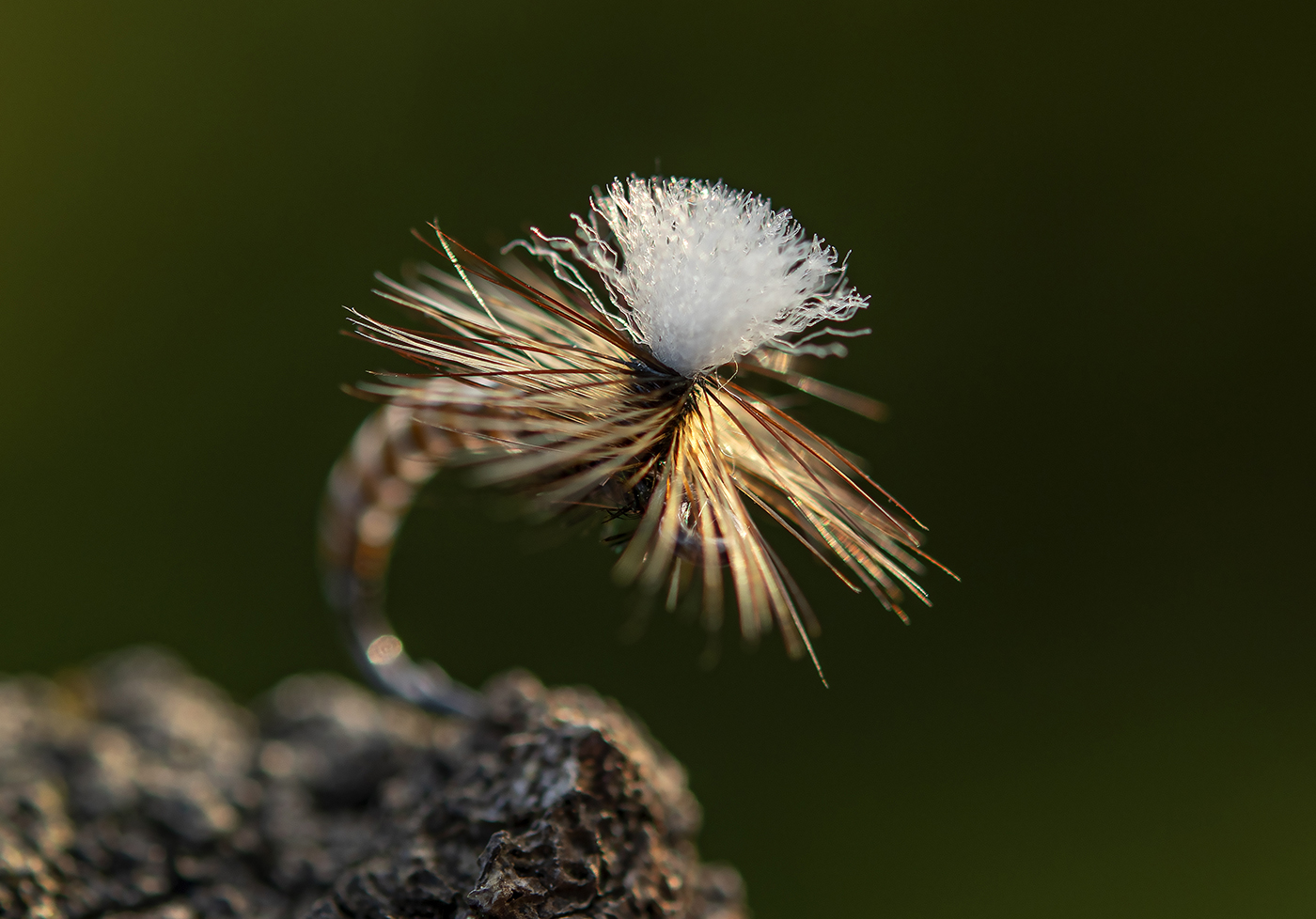
It’s not uncommon for new flies, styles and patterns to emerge from combinations of other well established ones. Some turn out really well – some not quite as well. But when you combine the superior mobility of a zonker with the basic principle of the upside down properties of a a jig hook, I say we’ve got something good.
Continue reading “Jigs and zonkers”

